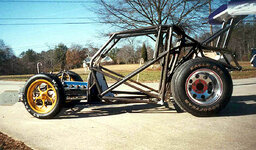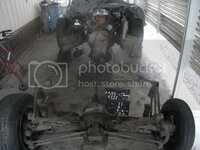SuperBuickGuy
Well-known member
If i were able to fab an aluminium frame, id use 7075 aluminium.
I use 6061 aluminium frames on my rc cars. They bend often. Because of the greater cost, no one offers 7075 frames.
However there are chassis upgrade pieces in 7075 and those are usually half as thick as the t6061 pieces and just as strong.
Sent from my dumb 4g motorolly
I used to build displays for trade shows - we never used 7075 because it has to be forged, it can't be bent as it's too brittle. I never tried annealing, but if you anneal it, you might as well use 5056.


